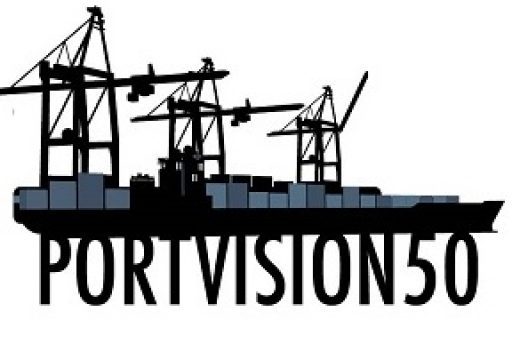After a transition to IMO 2020, shipowners are now facing their next big challenge — the 2030 target to reduce greenhouse gas emissions. As mandated by the International Maritime Organization (IMO), by 2030, carbon dioxide emissions should be reduced by at least 40% from 2008 levels, and should be reduced by 50% by 2050, as measured by emissions per transport work or the amount of carbon produced per ship, according to the mandate. However, no decision has yet been made on how to achieve those goals.
While LNG is the best solution for transition, many forecasters think it will ultimately phase out by the middle of the century in favor of other carbon free alternatives. Shipowners see LNG as a steppingstone to a using lower carbon fuels once these technologies rise above the pilot stages.
Technologies like ammonia or methanol are most likely to be developed sooner than hydrogen with fuel cells being solutions with a longer development cycle. Bio Diesel is being pilot tested by a few shipowners. The transition toward cleaner fuels may not be linear. Many types of fuel will be developed and scaled up over the next 15-20 years. Shipping must prepare for and start on a decarbonization pathway this decade
Some forecasters see the demand for cleaner fuels affecting trade rules, with intense economic and technological competition between the U.S. and China leading to the deglobalization of trade toward more regional trade patterns. For example, dual-fueled vessels powered by batteries may be an option for those shorter “shuttle type” trips.
Consistent regulatory frameworks combined with incentives are key to meeting the IMO mandates, some of which take effect as early as 2023. To drive the development of new technologies, the framework must ensure that there is an actual availability of these fuels, that they are safe, and they are reasonably affordable.
The pace of any transition to carbon-neutral fuels will have major implications for the shipbuilding value chain and the land-based fuel supply chain. The pathway to will most likely be dual fuel solutions such as methanol and very low sulfur oil. Many shipowners are looking hard at newbuilds with conventional fuel engines but will allow for the vessel to be capable for a cleaner fuel conversion by 2030.

Leave a comment